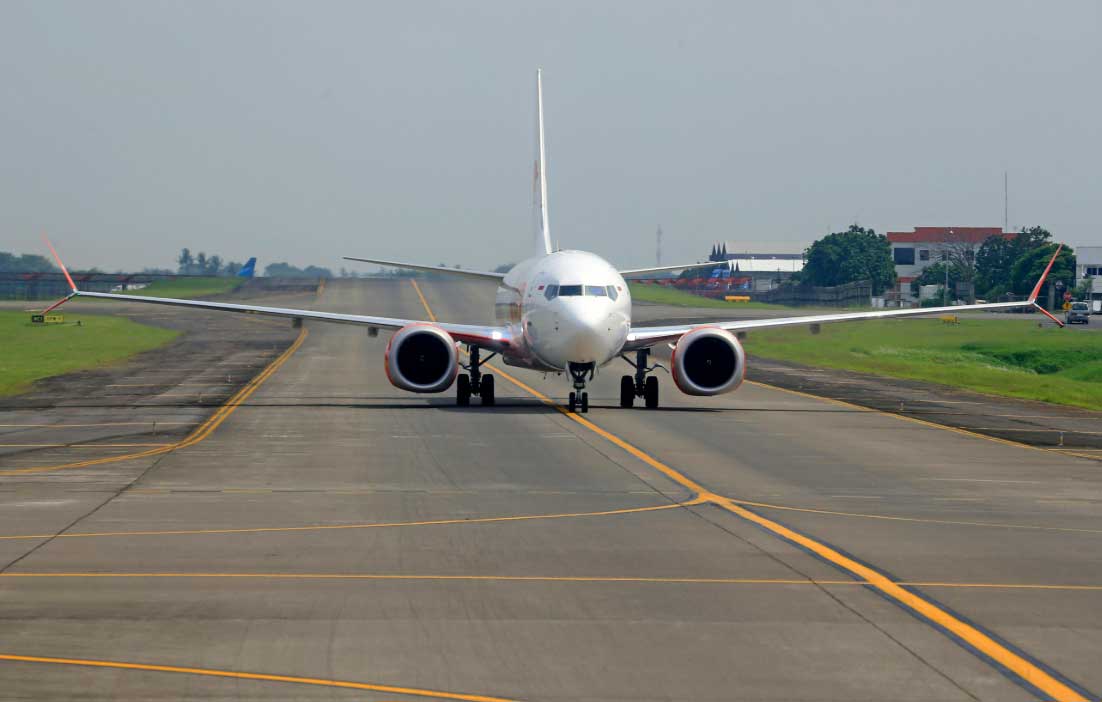What Makes Planes Fly? A Look Inside Aircraft Engines

You might wonder how something as big as a plane can get off the ground and fly through the air. Wings and aerodynamics are key, but the real star of the show is the aircraft engine. These engines are remarkable feats of engineering built to create the massive thrust needed to overcome gravity and keep a plane in the sky. Whether you’re on a large commercial jet or a small private plane, the engine is at the heart of it all. Understanding how it works can open your eyes to the science and technology that make flying possible.
How Jet Engines Create Thrust
The jet engine sits at the heart of most modern planes. This machine operates by drawing in air, compressing it, mixing it with fuel, and igniting the mixture to create high-velocity exhaust. As this exhaust shoots out the engine’s rear, it propels the aircraft forward. This follows Newton’s third law: every action has an equal and opposite reaction. Greater thrust comes from faster-exiting exhaust. Jet engines work best at high speeds and altitudes, making them the preferred choice for commercial flights. Their structure enables planes to cover vast distances.
The Role of Turbines and Compressors
A jet engine contains a series of spinning blades known as turbines and compressors. Compressor blades sit at the engine’s front and compress incoming air into a high-pressure stream. This air mixes with fuel and ignites in the combustion chamber. The resulting blast drives the turbine blades at the engine’s back, which then power the compressor blades up front. This cycle keeps the engine running. These components must be precise and durable, as they endure extreme heat and force on every journey.
Systems That Help Engines Keep Running
While the engine generates most of the thrust, it needs several support systems to function properly. These include systems that deliver fuel, lubricate with oil, cool down components, and control electronics. All these systems must operate flawlessly to keep the engine safe and efficient. Consider the fuel system: it must pump precisely the right amount of fuel at the correct pressure. The lubrication system prevents moving parts from overheating or wearing down. Even a basic component like an aircraft battery has a crucial role. It provides the initial power to start the engine and maintains vital electronics until the engine takes over.
Propeller Engines and Their Applications
Not every plane uses jet engines. Many smaller aircraft, those for short trips or private flying, rely on propeller engines. These engines work by rotating a propeller that pulls or pushes the plane through the air. Though they can’t match jet engines for speed, they consume less fuel at lower altitudes and often require less maintenance. You’ll find propeller engines on turboprop planes, which combine jet engine technology with a propeller to enhance efficiency. These engines excel at shorter routes and airports with limited runway space, making them essential to the aviation world.
Engine Upkeep and Safety Checks
Aircraft engines are subject to some of the most stringent maintenance protocols in any industry. Ground crews conduct thorough pre-flight inspections to identify any signs of wear, fluid leakage, or damage. Beyond these routine checks, engines undergo scheduled maintenance procedures. These procedures involve detailed inspections of replacement components and performance testing to ensure optimal functionality. Such comprehensive maintenance protocols ensure the engine’s reliability and safety throughout its operational lifespan. Airlines also employ sophisticated monitoring systems that track engine performance in real-time. This proactive approach enables technicians to identify and address potential issues before they escalate into significant problems. This preventive maintenance strategy is a key factor in making air travel one of the safest modes of transportation.
Conclusion
During your next flight, consider the remarkable machinery operating just beyond your window. Aircraft engines represent more than an assembly of metal and combustion—they’re sophisticated systems that enable modern aviation. Understanding these engines not only satisfies intellectual curiosity but also highlights the impressive engineering that keeps aircraft airborne.


